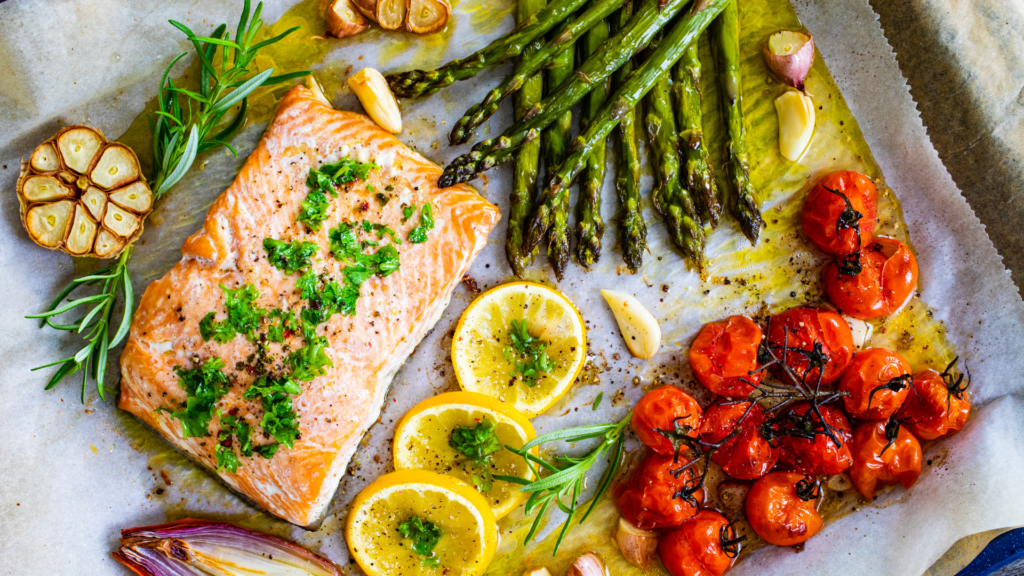
March is National Nutrition Month, and the theme for 2025 is “Food Connects Us.” While there are many things that food can connect us to, there are three main categories: OURSELVES, OTHERS, and the ENVIRONMENT.
OURSELVES
Food is an essential part of daily life, so it’s important to understand our connection or relationship with our food.
Some ideas on how to explore your connection to food:
- Eat mindfully – slowing down allows for more enjoyment of each bite. Notice the flavors, textures and aromas. Reduce distractions like screens to focus more on the food you are eating.
- Practice gratitude – before eating, take a moment to acknowledge the effort that went into the food. Express gratitude for the food provided and the people involved in making of it.
- Reflect on your emotions – Keep a journal to write about your meals and how they make you feel. This can reveal emotional connections and patterns.
OTHERS
Food is one of many tools we use to connect with those around us. Food is often the central part of gatherings. Our conversations over food and meals can deepen our relationships and fulfill our need for belonging.
Sharing meals is a great way to connect with your community. Here are some ideas to help you explore this connection:
- Host a potluck – hosting a potluck dinner party can help create a sense of community and connection around food,
- Volunteer – Participating in community kitchens or food banks will help you to connect with others through the act of sharing meals.
Food can also help us build connections with different cultures. Exploring various cultural foods and food traditions can help us understand a culture’s values, history, and celebrations.
Ideas for exploring cultural foods:
- Try a new recipe – Taste dishes from different cultures to expand your palate and experiment with a new recipe to appreciate diverse food traditions.
- Do some research – Research the origins and significance of the ingredients used in various cuisines.
- Visit an international grocery store – to browse though products and find a few that intrigue you to bring home to try.
- Host a cultural food exchange – by inviting friends from different backgrounds. Have everyone bring their favorite dish to share a meals and experience everyone’s cultural foods.
ENVIRONMENT
What foods we choose to eat, when, and how we eat them can all impact the environment.
Here are some habits you can implement to help decrease the amount of greenhouse gasses in our environment:
- Buy seasonal produce – this typically reduces our carbon footprint, which helps the environment and is budget-friendly. Visit https://www.seasonalfoodguide.org/ to see what produce is in season in your area and for ideas on incorporating it into your meals.
- Add more plants to your diet – fruits and vegetables tend to produce lower amounts of greenhouse gasses.
- Reduce food waste – there are ways you can reduce food waste in your homes. Eat leftovers, freeze food for later, plan your meals to minimize waste, and store food properly so it doesn’t spoil as quickly
